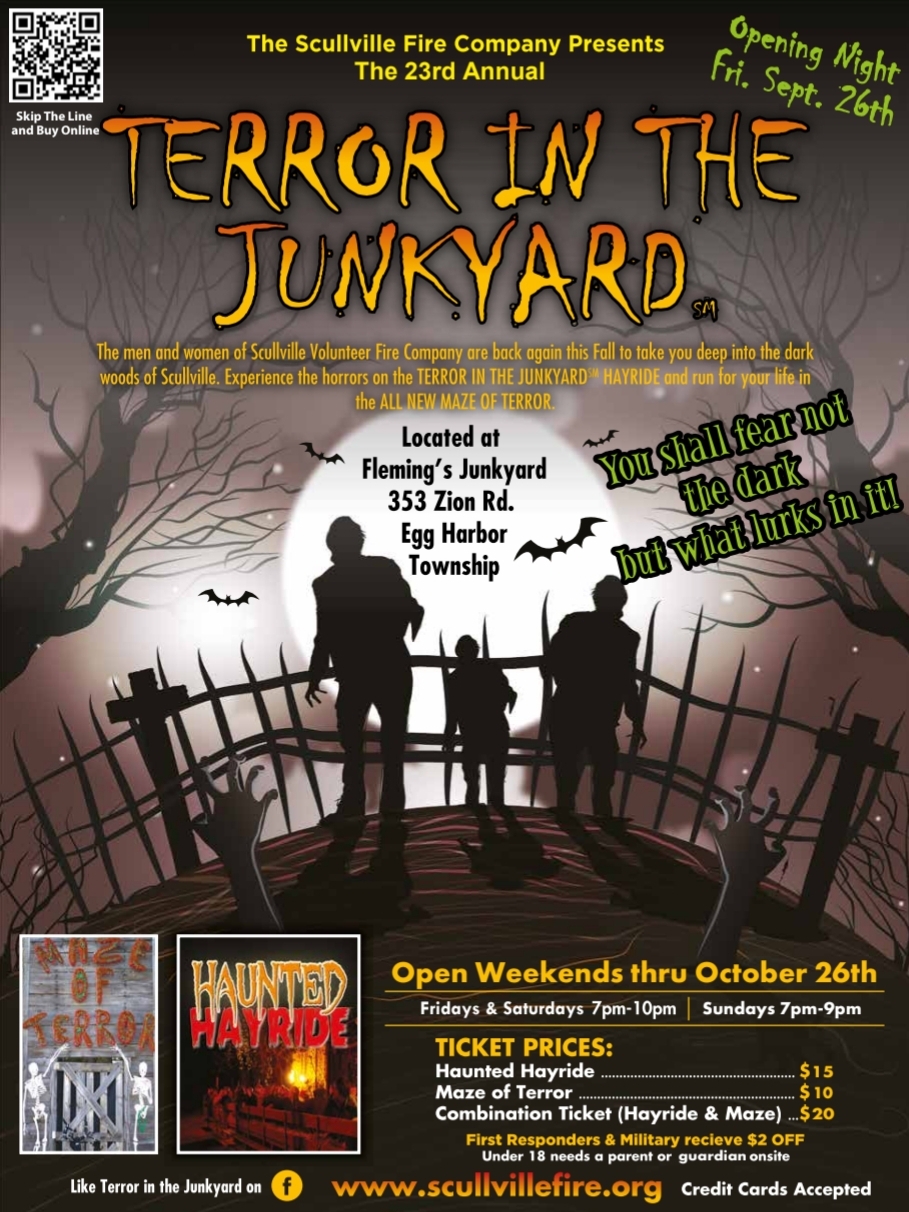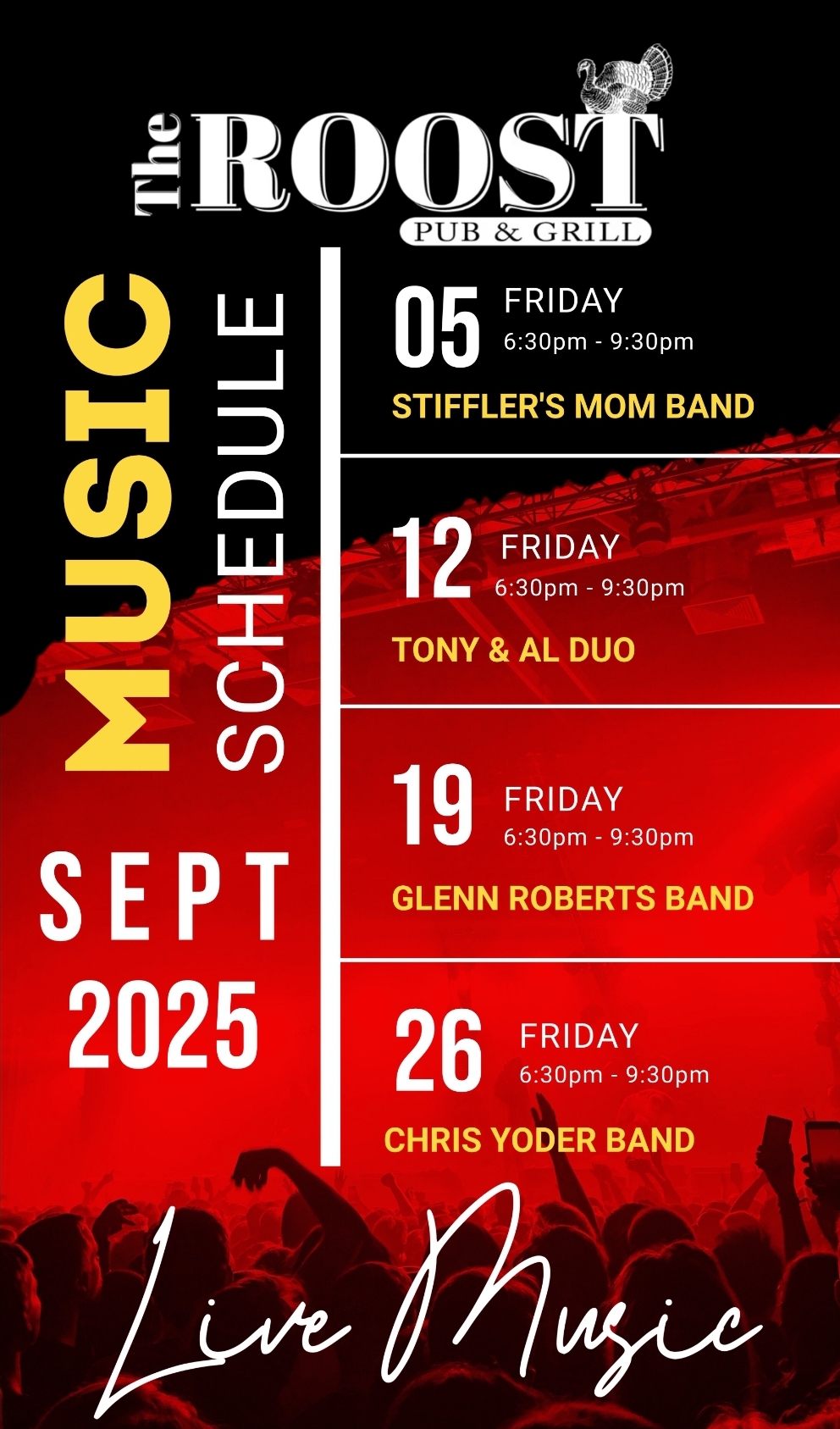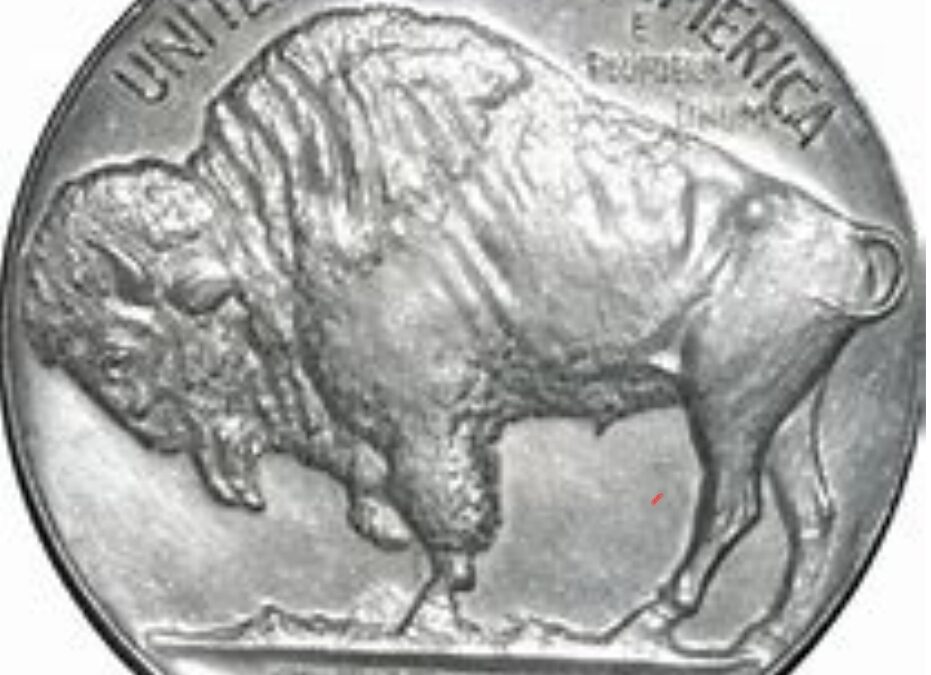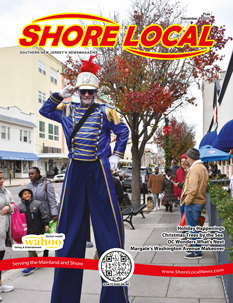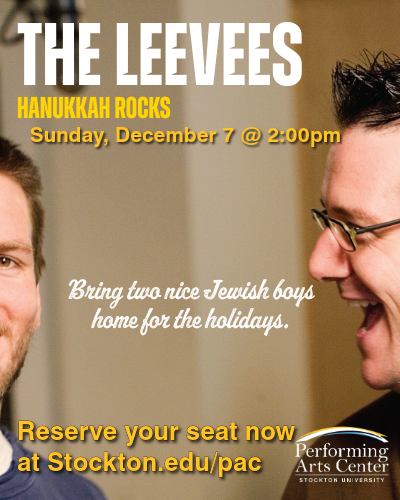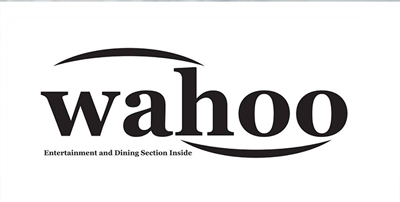In 1913, the Buffalo Nickel was first struck, which represented a major change in the designs which graced our coinage. Prior to that date, the nickel and all other coinage — except the lowly one-cent coin — featured a profile face image of Lady Liberty. The gold coins were the exception, having undergone their own radical redesign in 1907.
The front of the coin featured a profile image of a Native American while the reverse pictured a buffalo profile, leading to it having the designation “Buffalo Nickel.” It could just as easily have been called the Indian nickel, but with an Indian cent already in circulation, the name didn’t take hold.
The Buffalo Nickel was struck in 1913 at all three mints — Philadelphia, Denver and San Francisco. However, a design change that year led each mint to issue two versions: the first showing the buffalo on a raised mound, and the second with the mound flattened.
The Buffalo Nickel was minted from 1913 until 1938 with the exception of only a few years during the Depression, when none were struck. It then was replaced by the familiar Jefferson nickel which was also struck in 1938. Actually the 1938 Buffalo Nickel was only struck in the Denver mint whereas the Jefferson nickel was struck in all three mints.
By the mid 1920s it became evident that there was a problem with the design of the Buffalo Nickel because the date was wearing off after being used in circulation. This was because the date was actually at the high point of the coin and received the most wear. The coin underwent a redesign in 1926, which lowered the date so it didn’t receive direct wear. As a result, most Buffalo Nickels with dates are 1926 through 1938. Many earlier coins have no dates visible, making them valueless to collectors. However, there is a market for dateless Buffalo Nickels for jewelers who cut out the design of either the Indian head or the buffalo and create jewelry, tie tacks, cufflinks, etc. This is because even though the date is missing, the design on the rest of the coin is strong.
There are two major varieties of the Buffalo Nickel, which command a high price — the first being the 1918 Denver minted nickel which initially utilized a 1917 die re-engraved with the 1918 date. This resulted in a coin with the date 1918/7 which commands a price starting at $1,000 and more.
The other variety is what is known as the three-legged buffalo in 1937 and also from the Denver mint. It is common practice for mint workers to polish dies during the minting process to keep the appearance of the coins crisp, but evidently a worker was a little over zealous and polished off one of the legs of the buffalo. This coins’ value starts at around $350, not bad for a lowly nickel. There are other varieties, over dates, double dies, etc., but the 1918/7-D and 1937-D three-legged are the major varieties.
Putting together a collection of Buffalo Nickels is a challenge, especially finding coins prior to 1926 with full readable dates. Due to mintage figures of some of these dated coins, one can expect to pay in the hundreds of dollars for each coin. But the flip side (no pun intended) is common date Buffalos from 1926 on are valued at less than a dollar.
Douglas Keefe and his wife Linda are owners of Beachcomber Coins and Collectibles in Egg Harbor Township. It is their only location.

